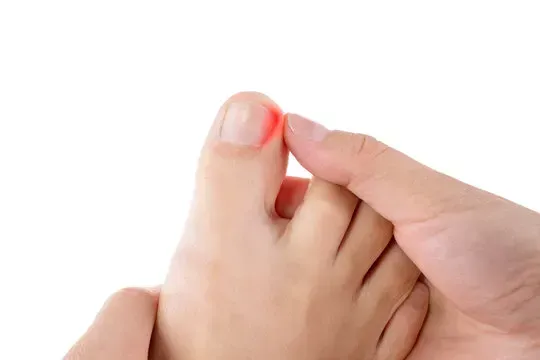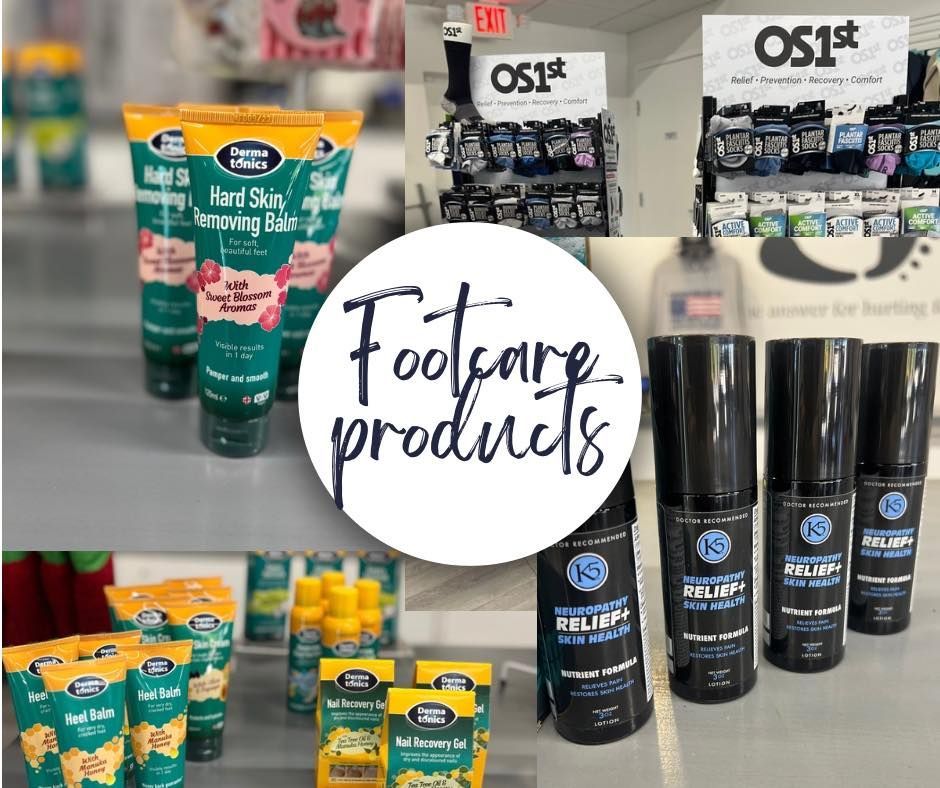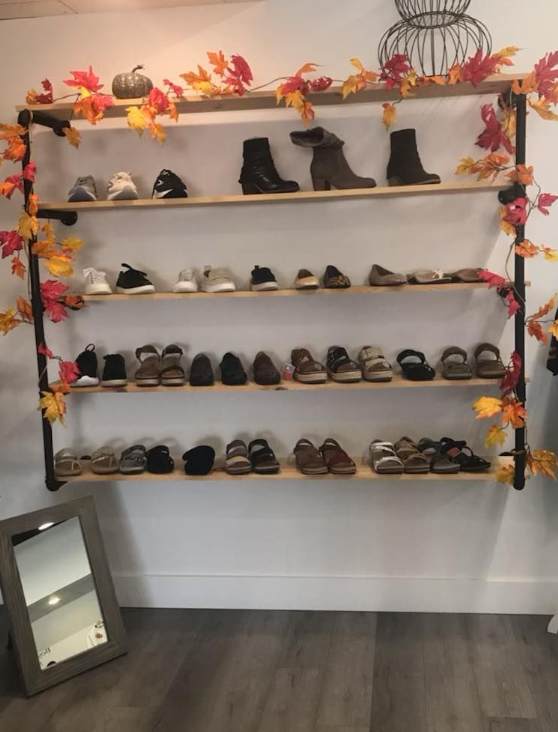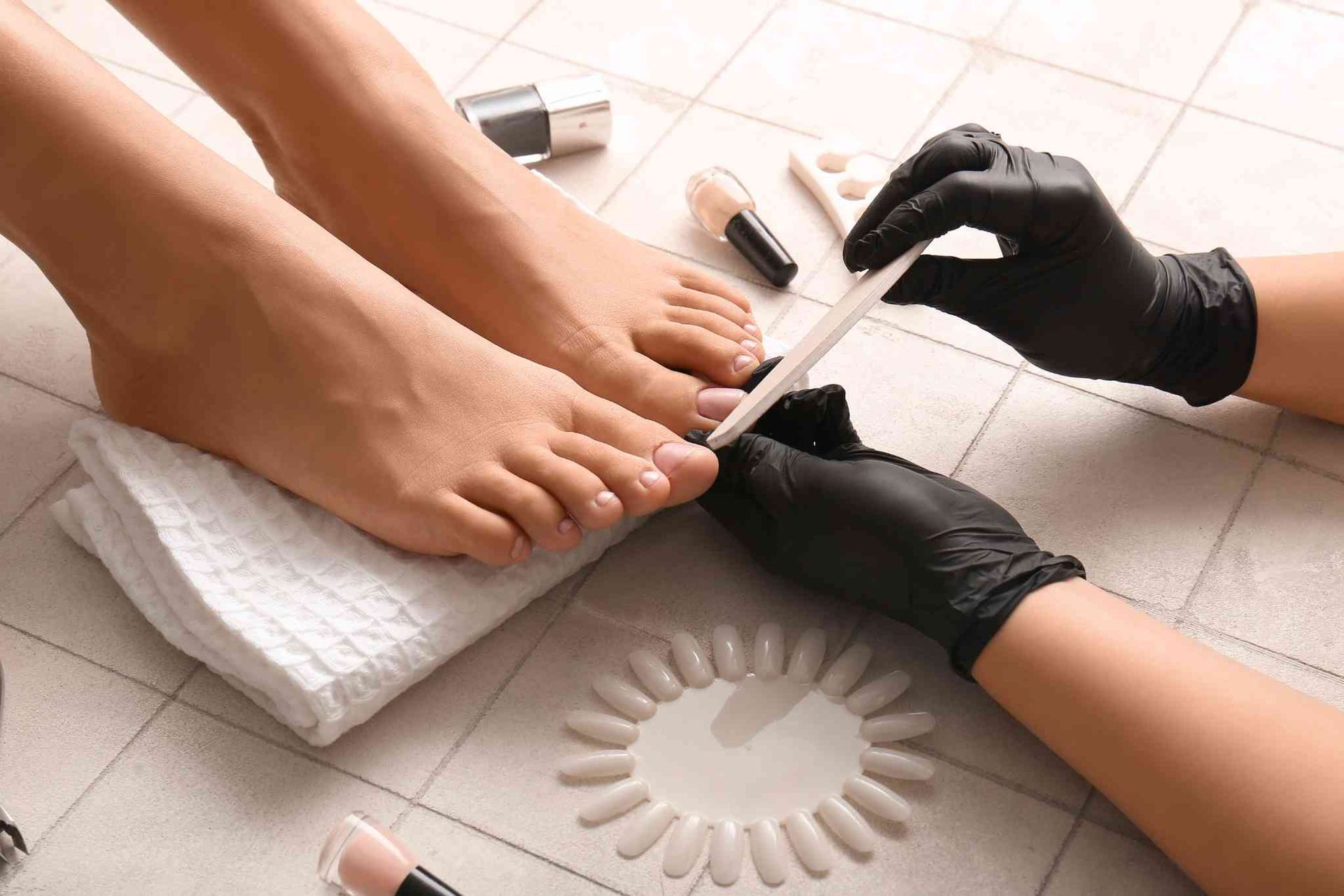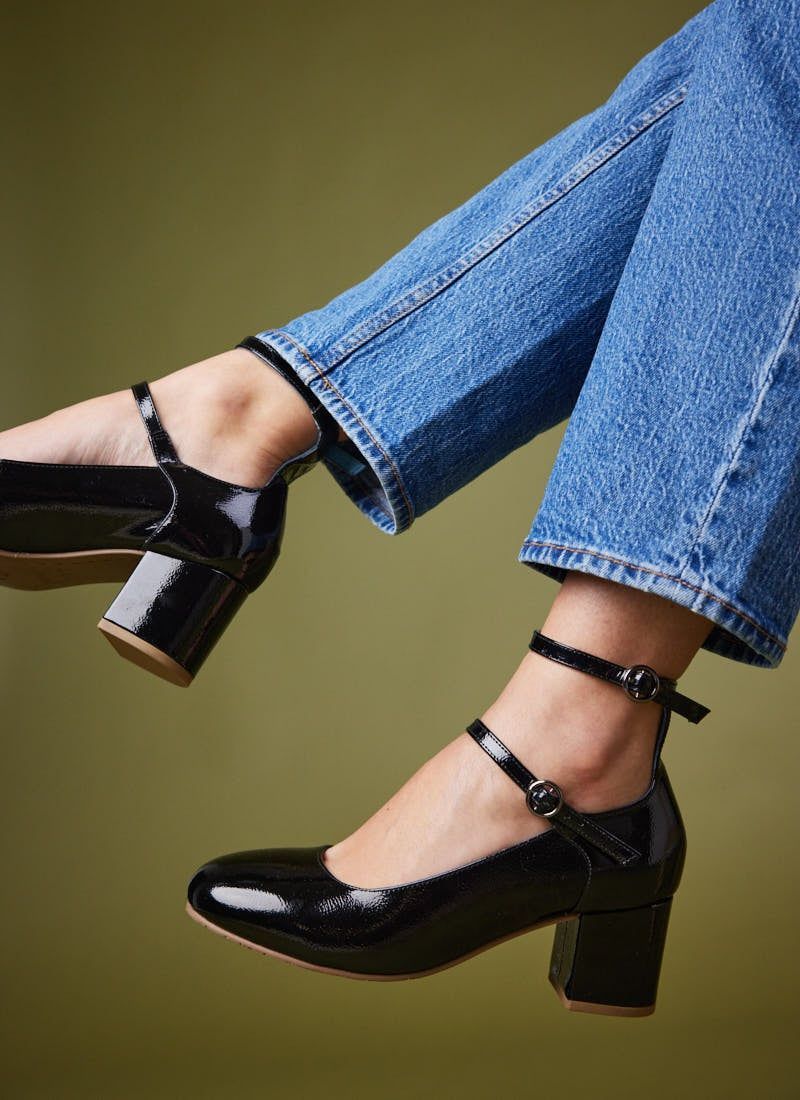Post Title
What's a Pedorthist?
When you encounter foot pain, your main goal is to alleviate it - as fast as possible. While it's common to consider consulting a Podiatrist, a healthcare professional specializing in treating foot, ankle, and associated leg areas, have you ever come across a Pedorthist? These specialists have specific training in footwear, which encompasses shoes, shoe modifications, foot orthoses, and other pedorthic devices, to address foot and lower limb issues. In cases where foot health is a concern, appropriate footwear plays a crucial role in the patient's treatment, recovery, or rehabilitation.
Many individuals experience various foot issues, from calluses to severe conditions necessitating hospital care. Footwear plays a vital role in treatment as anything that comes into contact with or surrounds the foot can impact mobility. Pedorthics involves designing, making, adjusting, and fitting footwear to address issues stemming from diseases, overuse, congenital conditions, or injuries.
Credentialed Pedorthists specialize in choosing and customizing footwear to aid individuals in maintaining or regaining their mobility. When walking becomes challenging, every aspect that comes into contact with or supports your foot – such as foot orthoses, shoes, boots, slippers, sandals, socks, hosiery, night splints, bandages, braces, partial-foot prosthetics, or other foot-related devices – is crucial. Pedorthists can integrate footwear seamlessly into your prescribed treatment regimen, providing adjustments both within and outside the shoe.
Foot orthoses, also known as orthotics, play a crucial role in footwear by accommodating, supporting, or alleviating specific conditions while enhancing foot function. Along with creating and customizing suitable orthotics, a certified pedorthist can offer personalized assistance in choosing, fitting, and adjusting shoes to ensure effective use of the orthotic. These professionals follow up to ensure that the footwear functions as prescribed by your doctor. Just like any other prescription, a footwear prescription considers your medical history, daily activities, and treatment objectives.
Feet are intricate anatomical structures, serving as stabilizers, shock absorbers, and propulsion engines crucial for overall health and well-being. They demand specialized attention. Make sure to consult qualified Podiatrists for diagnosing any foot conditions you may have, and then visit a Pedorthist to assist you in choosing (or even creating custom designs for) the perfect pair of shoes. It's a collaborative effort: as the doctor focuses on foot treatment, the certified pedorthist attends to your therapeutic footwear requirements.
Did you know that Bogers Shoes has a dedicated in-house pedorthist? Don't hesitate to reach out at 904-356-0459 or drop by our store at 845 Blanding Blvd., Orange Park, FL 32065. Step into the perfect shoes for your feet! Your feet will appreciate it.


